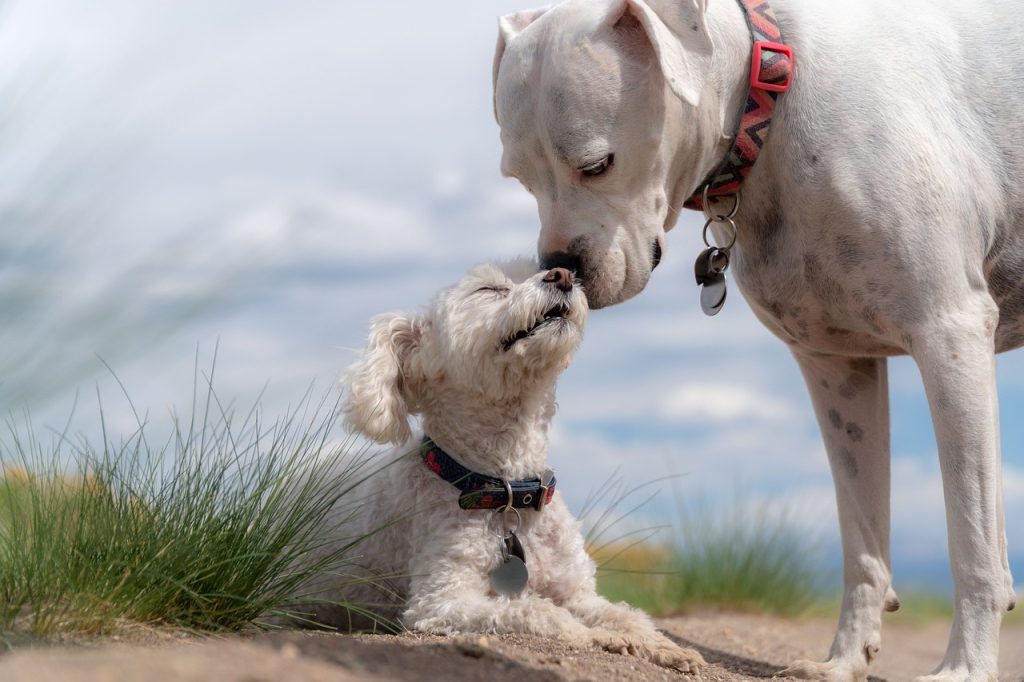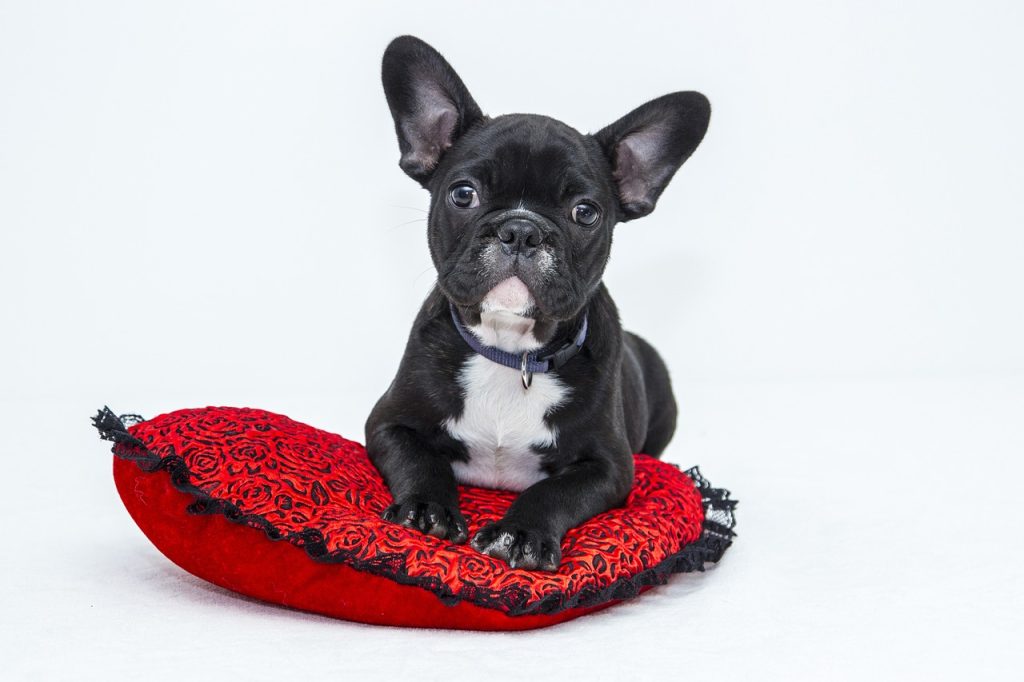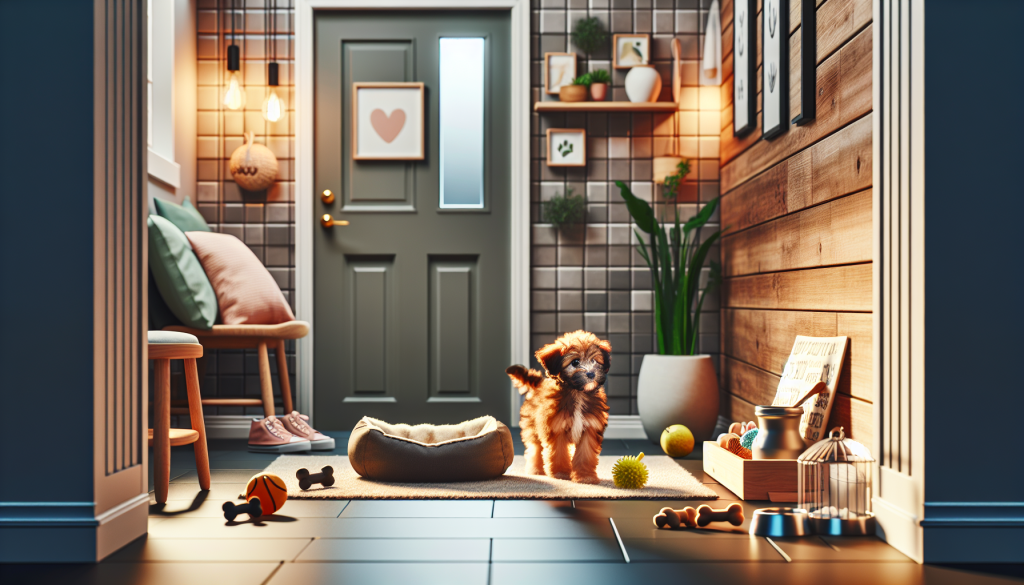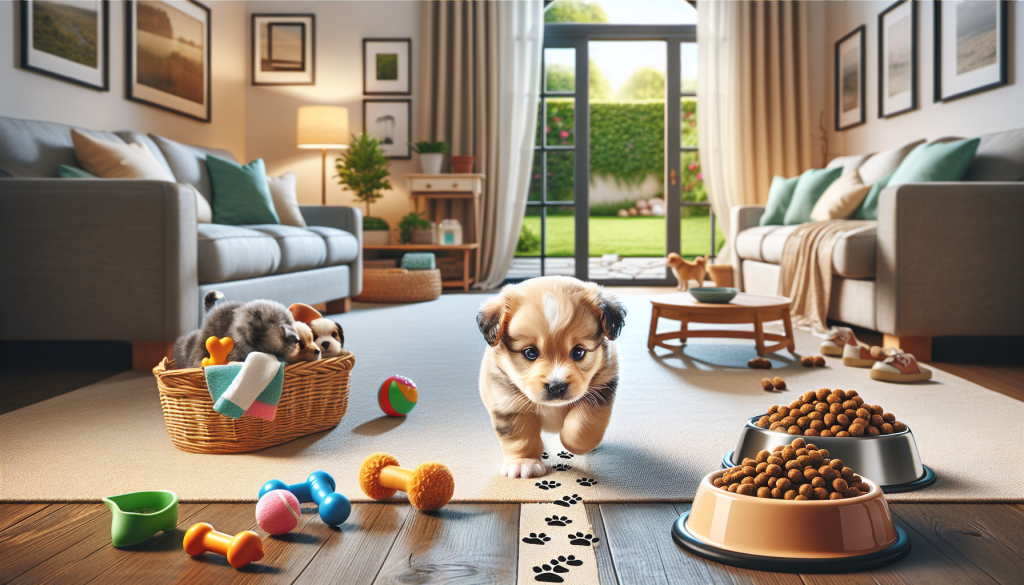Bringing a new puppy into your home can be an exciting and joyful experience, but it’s important to approach the introduction with care and consideration. In this article, we will explore some helpful tips and strategies on how to introduce a puppy to a new home, ensuring a smooth transition for both you and your adorable furry friend. From creating a safe and welcoming environment to establishing a routine and providing plenty of love and affection, we’ve got you covered on all the essentials of making your new addition feel right at home. So, let’s get started on this delightful journey of welcoming your puppy into their new forever home!
Preparing your home for a new puppy
Bringing home a new puppy is an exciting time, but it’s important to make sure your home is prepared to provide a safe and comfortable environment for your new furry friend. Creating a safe space for the puppy is essential to help them feel secure and prevent any accidents or injuries. Consider setting up a designated area in your home where the puppy can relax and have easy access to their food, water, and toys.
Creating a safe space for the puppy
Before you bring your puppy home, make sure to puppy-proof your home to create a safe space for them. Remove any objects or substances that can be harmful, such as toxic plants, small objects that can be swallowed, or electrical cords. You may also want to consider using baby gates to restrict access to certain areas of your home until your puppy is fully trained.
Puppy-proofing your home
Puppy-proofing your home involves more than just removing hazards. It also means making sure your valuables are out of reach and securing any loose wires or cables. Puppies are naturally curious and can easily chew on things that shouldn’t be chewed, so it’s important to ensure a safe environment for both your puppy and your belongings.
Setting up a comfortable sleeping area
Your new puppy will need a comfortable and cozy sleeping area to feel secure. Choose a quiet spot in your home where your puppy can rest without disturbances. Providing a soft bed or crate with warm blankets can help create a comfortable sleeping space. It’s also a good idea to place the puppy’s sleeping area close to yours during the first few nights to ease their transition and provide a sense of security.
Introducing the puppy to the family
Once your home is prepared, it’s time to introduce your new puppy to your family members. This process should be done gradually to ensure a positive and stress-free experience for both the puppy and your family.
Gradual introduction to family members
When introducing the puppy to family members, it’s important to do so one at a time and in a calm and controlled manner. Allow each family member to approach the puppy gently and let the puppy sniff and interact at their own pace. This gradual introduction will help the puppy feel comfortable and build trust with each family member.
Establishing a routine
Establishing a routine is crucial for your new puppy’s well-being. Dogs thrive on predictability and routines provide a sense of security and stability. Create a schedule for feeding, playtime, and potty breaks. Consistency is key, so make sure everyone in the family adheres to the established routine.
Encouraging positive interactions
Encouraging positive interactions between your family members and the puppy is essential for creating a strong bond. Teach your family members to use gentle and positive reinforcement methods when interacting with the puppy, such as praising and rewarding good behavior. This will help the puppy associate positive experiences with your family members and build trust and respect.

This image is property of pixabay.com.
Introducing the puppy to other pets
If you have existing pets in your home, introducing your new puppy to them requires a careful and gradual approach. Proper introductions will help prevent any potential conflicts and ensure a harmonious coexistence between your pets.
Gradual introductions
When introducing your new puppy to other pets, start by allowing them to sniff each other from a distance. Gradually increase the proximity and supervised interactions between them. This gradual approach gives your existing pets time to adjust to the newcomer and reduces the chances of any aggressive or territorial behavior.
Supervised interactions
When your puppy and other pets are ready for face-to-face interactions, make sure to closely supervise their interactions. If any signs of aggression or tension arise, separate them and try again later. Always prioritize the safety and well-being of all your pets.
Providing separate spaces
While your pets are getting used to each other, it’s essential to provide separate spaces for each pet. This allows them to have their own safe and comfortable areas where they can retreat to when they need some alone time. Providing separate spaces also helps prevent any resource guarding or territorial issues.
Toilet training and housebreaking
Toilet training and housebreaking are an important part of welcoming a new puppy into your home. Properly training your puppy will not only prevent accidents but also teach them good habits for their entire life.
Establishing a consistent schedule
Establishing a consistent schedule is key to successful toilet training. Take your puppy outside to their designated potty area at regular intervals, such as after meals, playtime, and naps. Consistency will help your puppy understand when and where they should go potty.
Choosing a designated potty area
Choose a designated potty area in your yard or nearby outdoor space for your puppy. This will help them associate that specific spot with going potty. Make sure the area is easily accessible and consistently use the same spot for all potty breaks.
Using positive reinforcement
Positive reinforcement is crucial when toilet training your puppy. Whenever your puppy successfully goes potty in their designated area, praise and reward them with treats or affection. This positive reinforcement will reinforce good behavior and help your puppy understand what is expected of them.

This image is property of pixabay.com.
Socializing the puppy
Socializing your puppy at an early age is vital for their overall development and well-being. Proper socialization will help your puppy become well-adjusted, confident, and friendly towards other people and animals.
Exposing the puppy to new experiences
Expose your puppy to a variety of new experiences, such as different environments, sounds, and smells. Gradually introduce them to new situations, people, and animals, ensuring that the experiences are positive and not overwhelming for them. This will help your puppy become more adaptable and less fearful of the unknown.
Positive exposure to different people and animals
Introduce your puppy to a wide range of people, including children, adults, and individuals of different ethnicities and appearances. Also, expose them to other animals in a controlled and supervised environment. Positive interactions with different people and animals will help your puppy develop social skills and prevent fear or aggression towards unfamiliar individuals.
Enrolling in puppy socialization classes
Consider enrolling your puppy in puppy socialization classes. These classes provide a safe and structured environment for your puppy to interact with other puppies and well-trained adult dogs. Professional trainers can guide you on how to properly socialize your puppy and address any behavioral issues that may arise.
Feeding and nutrition
Proper nutrition is essential for the healthy growth and development of your puppy. Selecting the right puppy food, establishing a feeding schedule, and monitoring their weight are important aspects of ensuring your puppy’s wellbeing.
Selecting the right puppy food
Choose a high-quality puppy food that is appropriate for your puppy’s breed and age. Consult with your veterinarian to determine the best food options for your puppy’s specific needs. Look for puppy foods that are balanced, provide the necessary nutrients, and are free from artificial additives.
Establishing a feeding schedule
Establishing a consistent feeding schedule helps regulate your puppy’s digestion and prevents overeating. Divide your puppy’s daily food portion into multiple meals throughout the day, depending on their age and breed. This will also help with toilet training, as puppies usually need to relieve themselves after eating.
Monitoring the puppy’s weight
Maintaining a healthy weight is crucial for your puppy’s overall health. Regularly monitor your puppy’s weight and adjust their food portions accordingly. Consult with your veterinarian if you have any concerns about your puppy’s weight or growth.

This image is property of pixabay.com.
Teaching basic commands and obedience
Teaching your puppy basic commands and obedience will not only make your life easier but also help reinforce good behavior and ensure the safety of your puppy and others.
Using positive reinforcement techniques
Positive reinforcement is the most effective and humane method of training your puppy. Reward your puppy with treats, praise, or playtime when they successfully follow a command. This positive association will motivate them to repeat the behavior. Avoid using punishment or harsh training methods, as they can damage the trust and bond between you and your puppy.
Teaching commands such as sit, stay, and come
Start with basic commands such as sit, stay, and come. Use clear verbal cues and hand signals to communicate with your puppy. Break down the training sessions into short and frequent sessions to keep your puppy engaged and focused. Reward your puppy with treats and praise when they correctly perform the desired behavior.
Consistency and patience
Consistency is key when teaching your puppy commands and obedience. Use the same cues and reward system consistently to reinforce the desired behavior. Additionally, be patient and understanding with your puppy. Learning takes time, and all puppies learn at different paces. Stay positive and persistent, and your puppy will eventually understand and respond to your commands.
Addressing separation anxiety
Separation anxiety is a common issue that many puppies experience when left alone. Addressing separation anxiety from the start can help your puppy feel more comfortable and prevent destructive behavior or excessive barking.
Gradual desensitization to alone time
Gradually desensitize your puppy to being alone by leaving them for short periods and gradually increasing the duration. Start by leaving for just a few minutes and then gradually extend the time. This will help your puppy become accustomed to your absence and reduce anxiety.
Providing mental and physical stimulation
A tired puppy is less likely to experience separation anxiety. Provide your puppy with plenty of mental and physical stimulation, such as interactive toys, puzzle feeders, and daily exercise. This will help tire them out and make them more relaxed when you need to leave them alone.
Using calming techniques
Calming techniques such as using calming pheromone sprays or leaving a cozy blanket with your scent can help reduce separation anxiety. Additionally, you can create a comfortable and safe space for your puppy by providing a crate or designated area where they can retreat to when they feel anxious.

Grooming and hygiene
Regular grooming and proper hygiene practices are important for your puppy’s health and well-being. Start grooming your puppy from an early age to get them used to the process and make it an enjoyable experience.
Brushing and bathing the puppy
Regular brushing helps keep your puppy’s coat clean, healthy, and free from mats or tangles. Depending on your puppy’s breed, choose an appropriate brush or comb that suits their coat type. Bathing should be done as needed, using a gentle puppy shampoo. Make sure to thoroughly dry your puppy after bathing to prevent chilling.
Nail trimming and teeth cleaning
Trimming your puppy’s nails is important to prevent discomfort or injuries. Get your puppy accustomed to having their nails trimmed from an early age. Regularly check their nails for any sharp edges or length that needs to be trimmed. Teeth cleaning is also vital for your puppy’s dental health. Gradually introduce toothbrushing using puppy-friendly toothpaste and a soft toothbrush.
Regular veterinary check-ups
Regular veterinary check-ups are essential to monitor your puppy’s health and address any potential issues. Schedule routine check-ups with your veterinarian to ensure your puppy is up-to-date on vaccinations, preventatives, and overall wellness. Your veterinarian can also provide guidance on specific grooming and hygiene practices for your puppy’s breed.
Building a bond with your puppy
Building a strong bond with your puppy is crucial for their emotional well-being and the development of a loving and trusting relationship.
Spending quality time with your puppy
Dedicate regular quality time to interact and bond with your puppy. Engage in activities such as playtime, training sessions, or simply cuddling and petting. This quality time will help strengthen the bond between you and your puppy and also provide mental stimulation and companionship.
Positive reinforcement and rewards
Use positive reinforcement and rewards to reinforce good behavior and strengthen the bond with your puppy. Praise and reward your puppy when they exhibit desirable behavior, such as following commands or displaying obedience. This positive association with you will deepen their trust and respect.
Understanding and meeting the puppy’s needs
To truly build a bond with your puppy, it’s important to understand and meet their needs. Pay attention to their body language, vocalizations, and behaviors to gauge their emotions and desires. Provide them with the necessary physical and emotional care, such as exercise, mental stimulation, affection, and a balanced diet. Meeting their needs will help your puppy feel loved, understood, and secure in their new home.
Introducing a new puppy to your home requires careful preparation, patience, and a commitment to meeting their needs. By following these guidelines and taking the time to create a safe and loving environment, you can provide your new puppy with a happy and healthy start to their life with your family. Enjoy this special time and watch as your new puppy grows and blossoms into a beloved companion.
